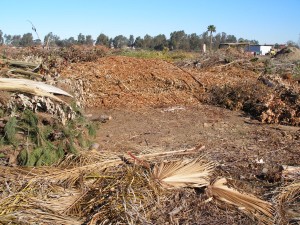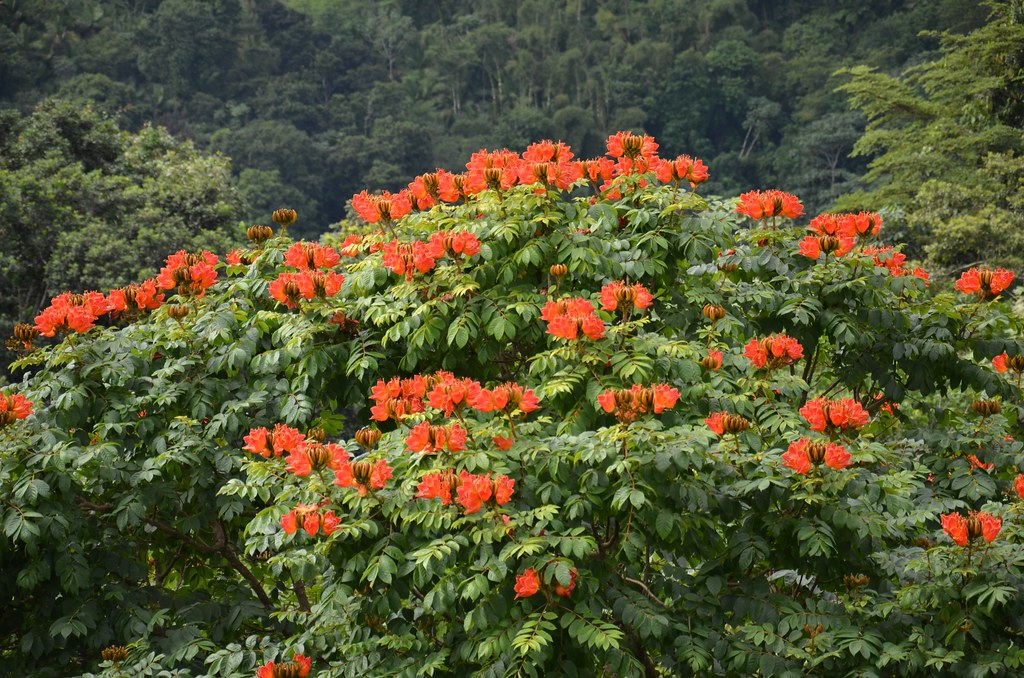
While it is widely accepted that tropical island ecosystems are especially vulnerable to invasions, there has been little attention to terrestrial bioinvaders in the Caribbean; there has been more attention to marine bioinvaders such as lionfish. I am glad that is starting to change. Here I review a new study by Potter et al. (full citation at end of this blog), supplemented by information from other recent studies, especially Poland et al.
Potter et al. used USFS Forest Inventory and Analysis (FIA) survey data to examine regeneration rates by non-native tree species introduced to the continental United States, Hawai`i, and Puerto Rico. I rejoice that they have included these tropical islands, often left out of studies. They are part of the United States and are centers of plant endemism!
Potter et al. sought to learn which individual non-indigenous tree species are regenerating sufficiently to raise concern that they will cause significant ecological and economic damage in the future. That is, those they consider highly invasive. They defined such species as those for which at least 75% of stems of that species detected by FIA surveys are in their small tree categories – saplings or seedlings. They concluded that these species are successfully reproducing after reaching the canopy so they might be more likely to alter forest ecosystem functions and services. They labelled species exhibiting 60 – 75% of stems in the “small” categories as moderately invasive.
The authors recognize that many factors might affect tree species’ regeneration success, especially at the stand level. They assert that successful reproduction reflects a suite of factors such as propagule pressure, time since invasion, and ability of a species to adapt to different environments.
As I reported in an earlier blog, link 17% of the total flora of the islands of the Caribbean archipelago – including but not limited to Puerto Rico – are not native (Potter et al.). In Puerto Rico, two-thirds of forests comprise novel tree assemblages. The FIA records the presence of 57 non-native tree species on Puerto Rico. Potter et al. identified 17 non-native tree species as highly invasive, 16 as potentially highly invasive, and two as moderately invasive. That is, 33 of 57 nonnative tree species, or 58% of those species tallied by FIA surveyors, are actual or potential high-impact bioinvaders. While on the continent only seven non-native tree species occurred on at least 2% of FIA plots across the ecoregions in which they were inventoried, on Puerto Rico 21 species occurred on at least 2% of the FIA plots (38%). They could not assess the invasiveness of the eight species that occurred only as small stems on a couple of survey plots. These species might be in the early stages of widespread invasion, or they might never be able to reproduce & spread.
The high invasion density probably reflects Puerto Rico’s small size (5,325 mi² / 1,379,000 ha); 500 years of exposure to colonial settlement and global trade; and wide-scale abandonment of agricultural land since the middle of the 20th Century
Naming the invaders
The most widespread and common of the highly invasive non-native tree species are river tamarind (Leucaena leucocephala), on 12.6% of 294 forested plots; algarroba (Prosopis pallida) on 10.9%; and African tuliptree (Spathodea campanulata)on 6.1%. Potter et al. attribute the prevalence of some species largely to land-use history, i.e., reforestation of formerly agricultural lands. In addition, some of the moderately to highly invasive species currently provide timber and non-timber forest products, including S. campanulata, L. leucocephala, Syzgium jambos (rose apple) and Mangifera indica (mango).
Potter et al. contrast the threat posed by Spathodea campanulata with that posed by Syzgium jambo. The latteris shade tolerant and can form dense, monotypic stands under closed canopies. Because it can reproduce under its own canopy, it might be able to remain indefinitely in forests unless it is managed. In contrast S. campanulata commonly colonizes abandoned pastures. Since it is shade intolerant, it might decline in the future as other species overtop it. Meanwhile, they suggest, S. campanulata might provide habitat appropriate for the colonization of native tree species.
Poland et al. say the threat from Syzgium jambos might be reduced by the accidentally introduced rust fungus Puccinia psidii (= Austropuccinia psidii), which has been killing rose apple in Puerto Rico. In Hawai`i, the same fungus has devastated rose apple in wetter areas.
Potter et al. note that stands dominated by L. leucocephala and Prosopis pallida in the island’s dry forests are sometimes arrested by chronic disturbance – presumably fire. However, they do not report whether other species – native or introduced – tend to replace these two after disturbance. The authors also say that areas with highly eroded soils might persist in a degraded state without trees. The prospect of longlasting bare soil or trashy scrub is certainly is alarming.
Potter et al. warn that the FIA’s sampling protocol is not designed to detect species that are early in the invasion process. However, they do advise targetting eradication or control efforts on the eight species that occurred only as small stems on a couple of survey plots. While their invasiveness cannot yet be determined, these species might be more easily managed because presumably few trees have yet reached reproductive age. They single out Schinus terebinthifolius (Brazilian pepper), since it is already recognized as moderately invasive in Hawai`i. I add that this species is seriously invasive in nearby peninsular Florida and here! APHIS recently approved release of a biocontrol insect in Florida targetting Brazilian pepper. It might easily reach nearby Puerto Rico or other islands in the Caribbean. I am not aware of native plant species in the Caribbean region that might be damaged by the biocontrol agent. However, two native Hawaiian shrubs might be harmed if/when this thrips reaches the Hawaiian Islands. Contact me for specifics, or read the accompanying blog about Potter et al. findings in Hawai`i.
Poland et al. looked at the full taxonomic range of possible bioinvaders in forest and grassland ecosystems. The Caribbean islands receive very brief coverage in the chapter on the Southeast (see Regional Summary Appendices). This chapter contains a statement that I consider unfortunate: “Introduction of species has enriched the flora and fauna of Puerto Rico and the Virgin Islands.” The chapter’s authors assert that many of the naturalized species are restoring forest conditions on formerly agricultural lands. They say that these islands’ experience demonstrates that introduced and native species can cohabitate and complement one another. I ask – but in what kind of forest? These forests, are novel communities that bear little relationship to pre-colonial biodiversity of the islands. Was not this chapter the right place to note that loss? Forests are more than CO2 sinks.
I also regret that the chapter does not mention that the Continental United States can be the source of potentially invasive species (see several examples below).
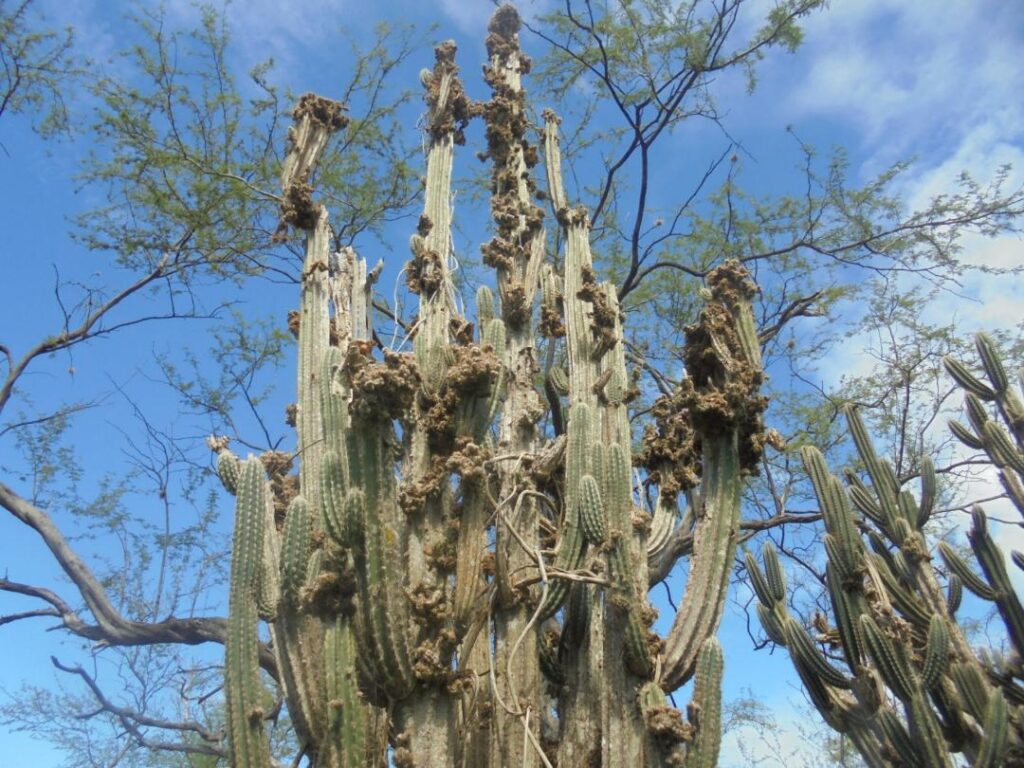
Mealybug-infested cactus at Cabo Rojo National Wildlife Refuge, Puerto Rico. Photo by Yorelyz Rodríguez-Reyes
The chapter does concede that some introduced species are causing ecological damage now. See Table A8.1. Some of these troublesome introduced species are insects:
- the South American Harrisia cactus mealybug (Hypogeococcus pungens) is killing columnar cacti in the islands’ dry forests. The chapter discusses impacts on several cactus species and control efforts, especially the search for biocontrol agents.
- the agave snout weevil (Scyphophorus acupunctatus), native to the U.S. Southwest and Mexico , is threatening the endemic and endangered century plant (Agave eggersiana) in St. Croix & Puerto Rico.
- Tabebuia thrips (Holopothrips tabebuia) is of unknown origin. It is widespread around mainland Puerto Rico. Its impacts so far are primarily esthetic, but it does apparently feed on both native and introduced tree species in the Tabebuia and Crescentia genera.
The Caribbean discussion also devotes welcome attention to belowground invaders, i.e., earthworms. At least one species has been found in relatively undisturbed cloud forests, so it is apparently widespread. Little is known about its impact; more generally, introduced earthworms can increase soil carbon dioxide (CO2) emissions as through speeded-up litter decomposition and soil respiration.
A factsheet issued by the British forestry research arm DEFRA reports that the pine tortoise scale Toumeyella parvicornis has caused the death of 95% of the native Caicos pine (Pinus caribaea var. bahamensis) forests in the Turks and Caicos Islands (a UK Overseas Territory). The scale is native to North America. It has recently been introduced to Italy as well as to Puerto Rico, and the Turks and Caicos Islands.
SOURCES
Lugo, A.E., J.E. Smith, K.M. Potter, H. Marcano Vega, C.M. Kurtz. 2022. The Contribution of Non-native Tree Species to the Structure & Composition of Forests in the Conterminous United States in Comparison with Tropical Islands in the Pacific & Caribbean. USFS International Institute of Tropical Forestry General Technical Report IITF-54.
Poland, T.M., Patel-Weynand, T., Finch, D., Miniat, C. F., and Lopez, V. (Eds) (2019), Invasive Species in Forests and Grasslands of the United States: A Comprehensive Science Synthesis for the United States Forest Sector. Especially the Appendix on the Southeast and Caribbean. Springer Verlag. Available gratis at https://link.springer.com/book/10.1007/978-3-030-45367-1
Potter K.M., Riitters, K.H. & Guo. Q. 2022. Non-nativetree regeneration indicates regional & national risks from current invasions. Frontiers in Forests & Global Change Front. For. Glob. Change 5:966407. doi: 10.3389/ffgc.2022.966407
Posted by Faith Campbell
We welcome comments that supplement or correct factual information, suggest new approaches, or promote thoughtful consideration. We post comments that disagree with us — but not those we judge to be not civil or inflammatory.
For a detailed discussion of the policies and practices that have allowed these pests to enter and spread – and that do not promote effective restoration strategies – review the Fading Forests report at http://treeimprovement.utk.edu/FadingForests.htm
or
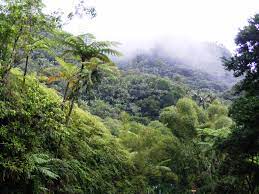
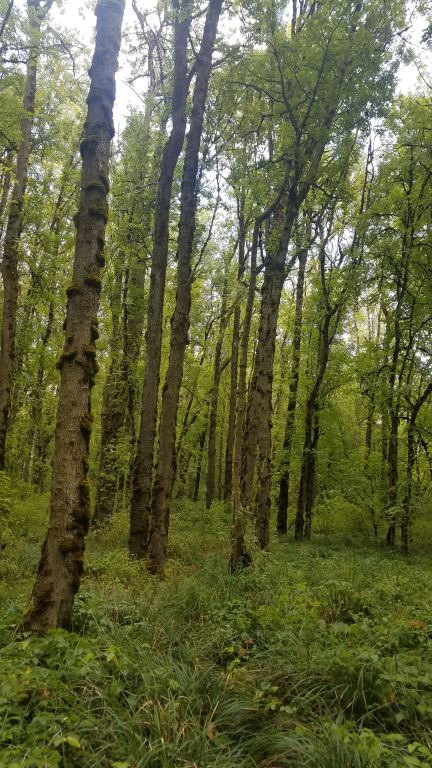
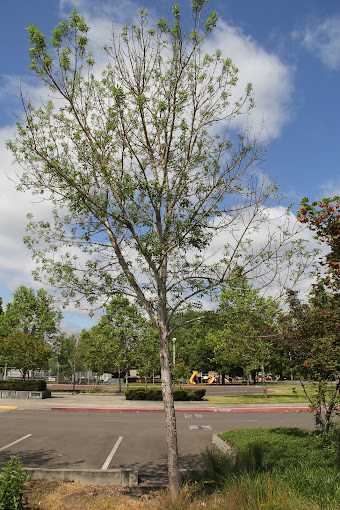
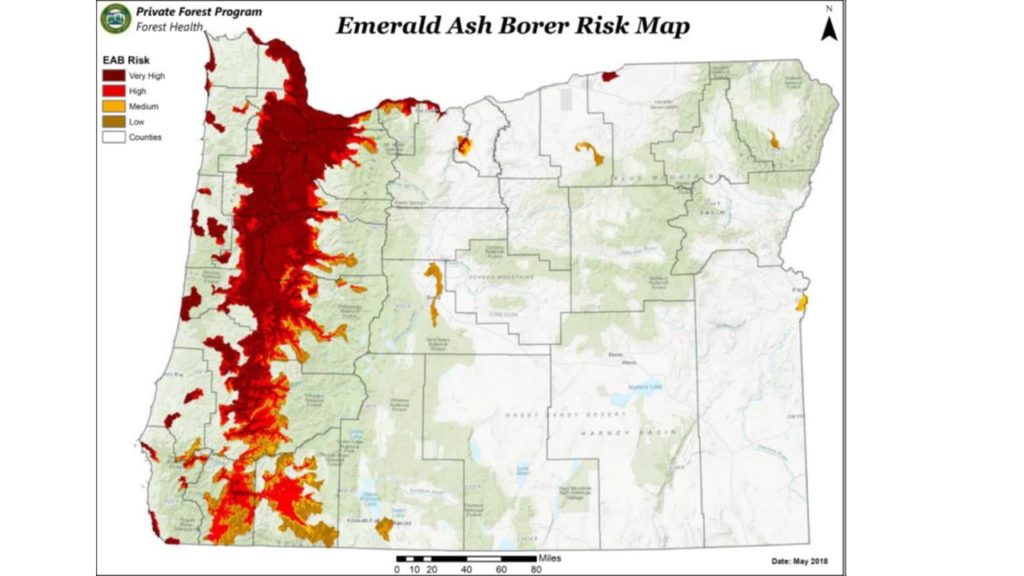
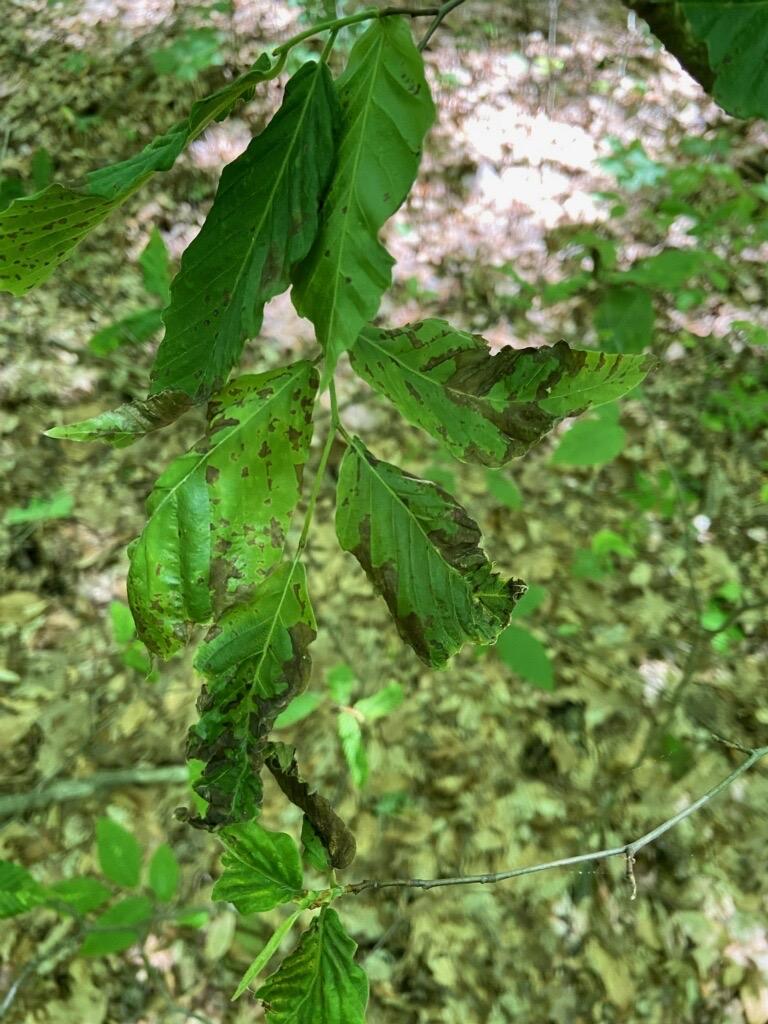
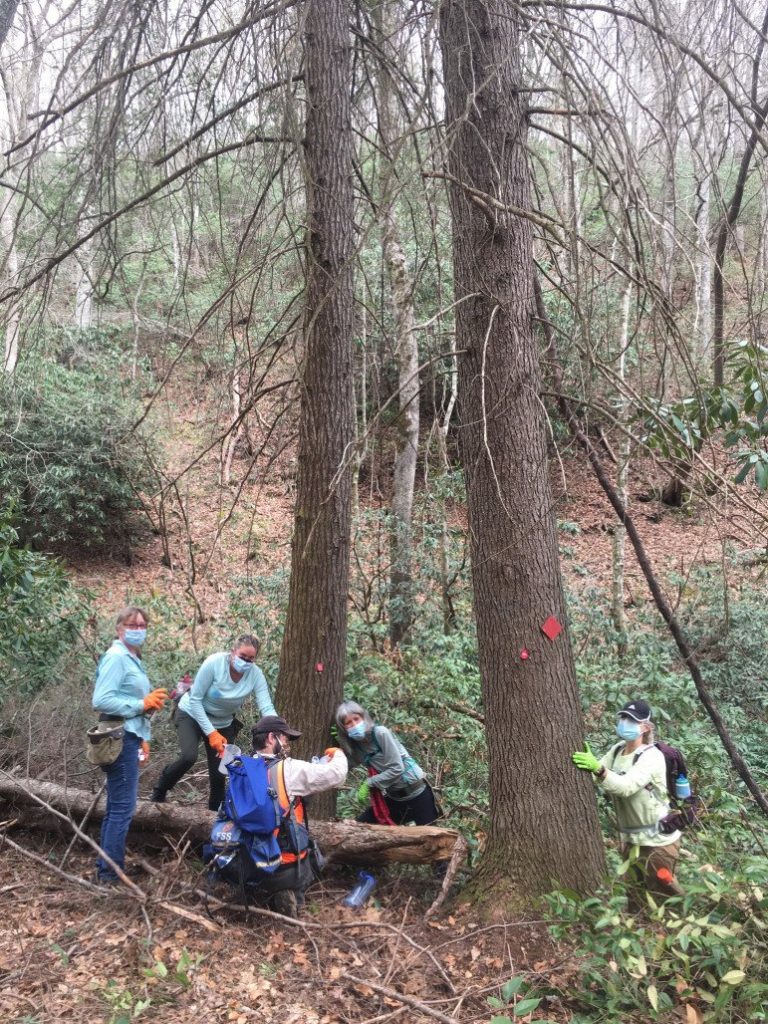
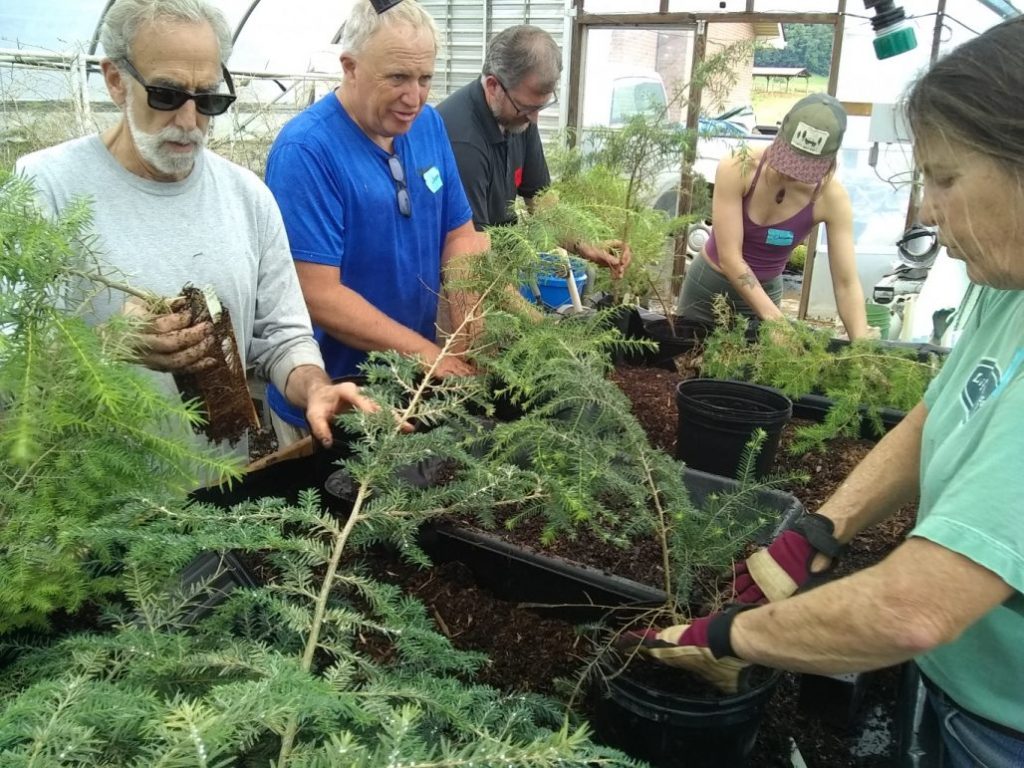
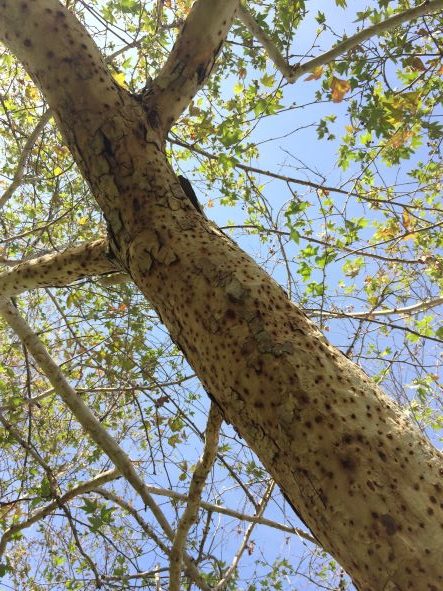
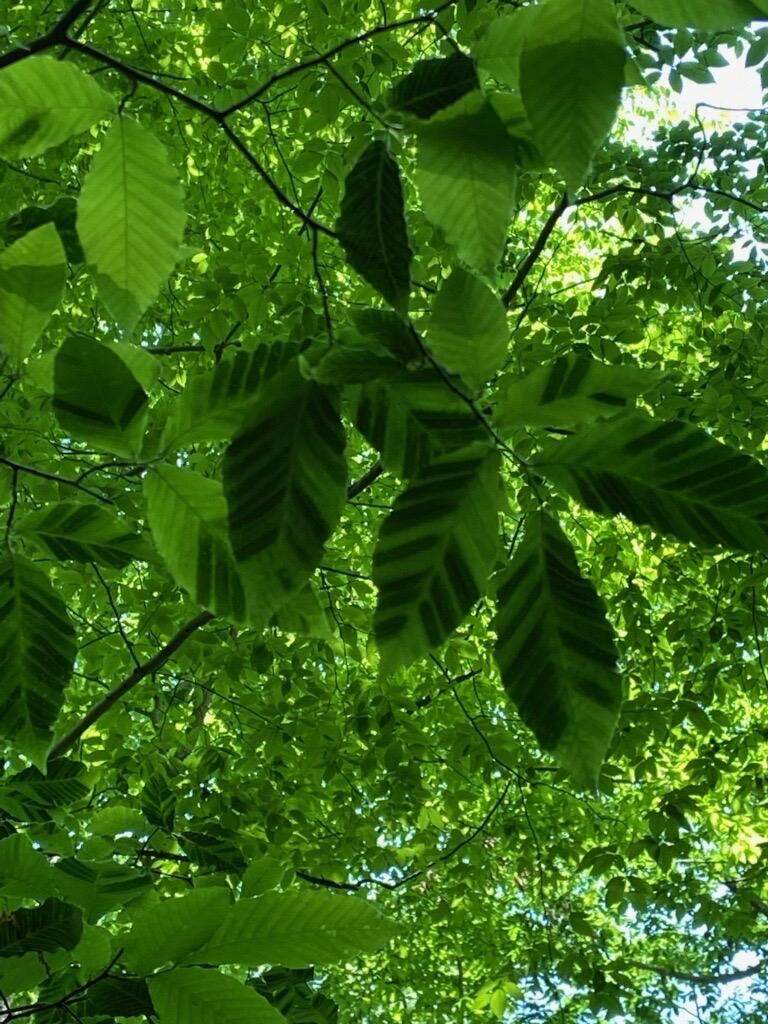
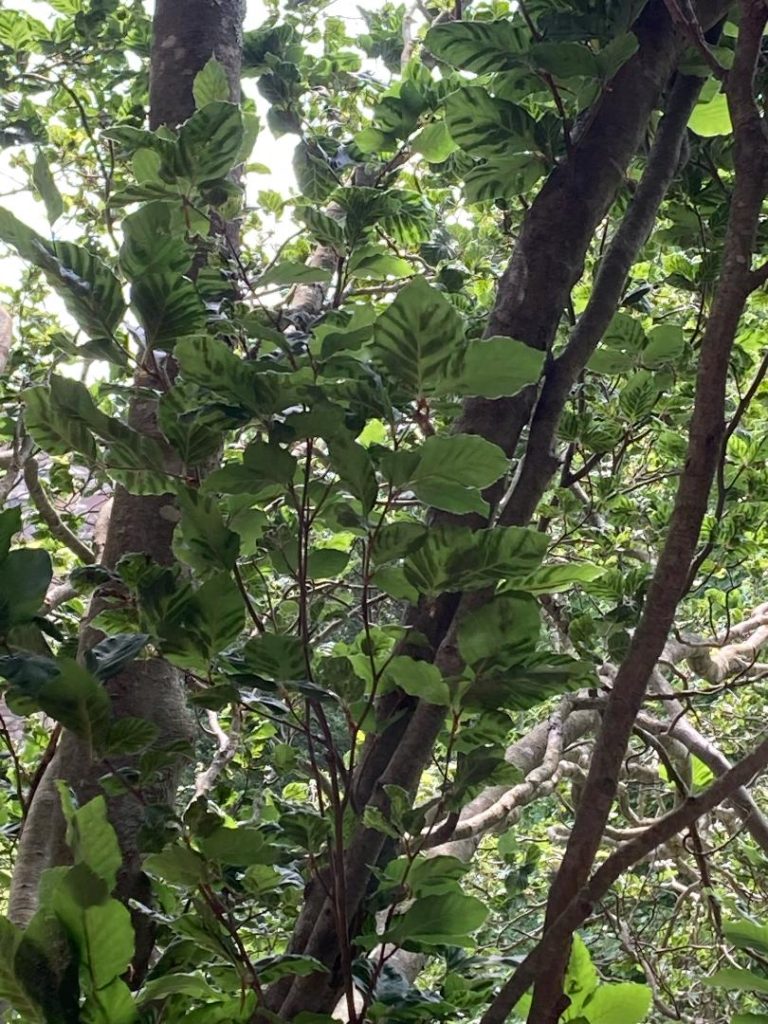



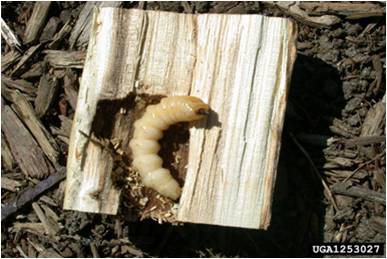
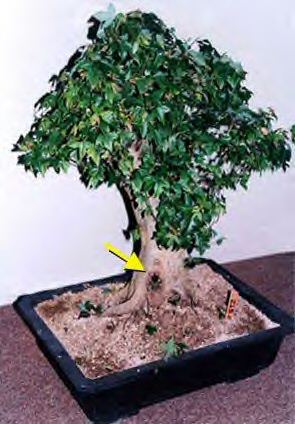
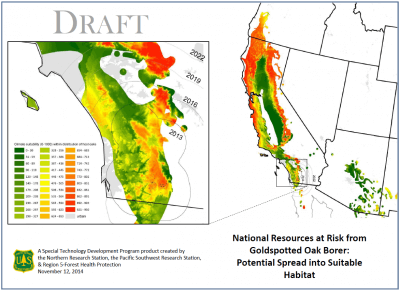


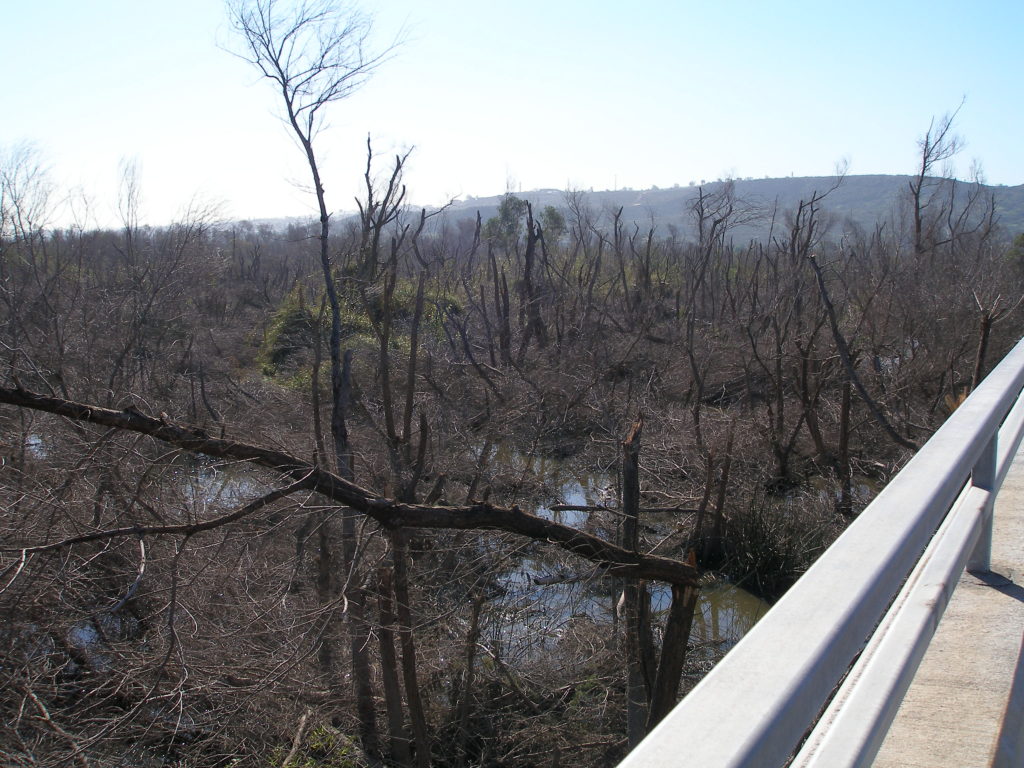
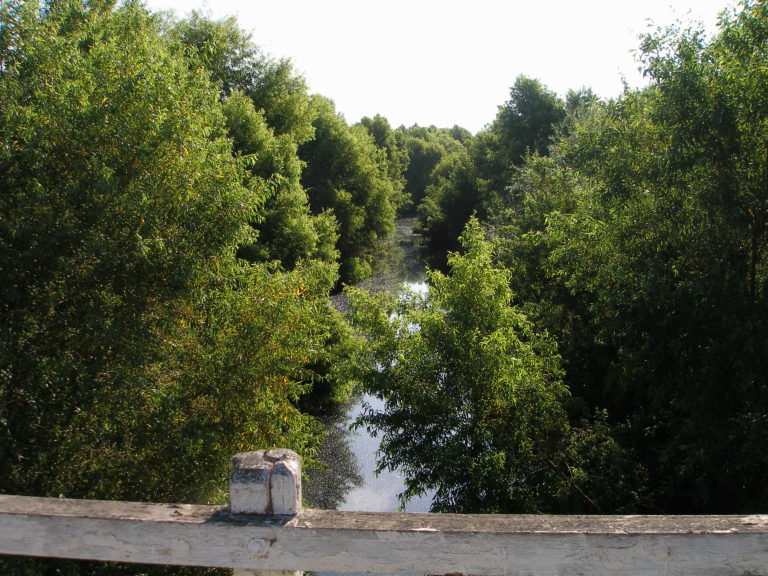
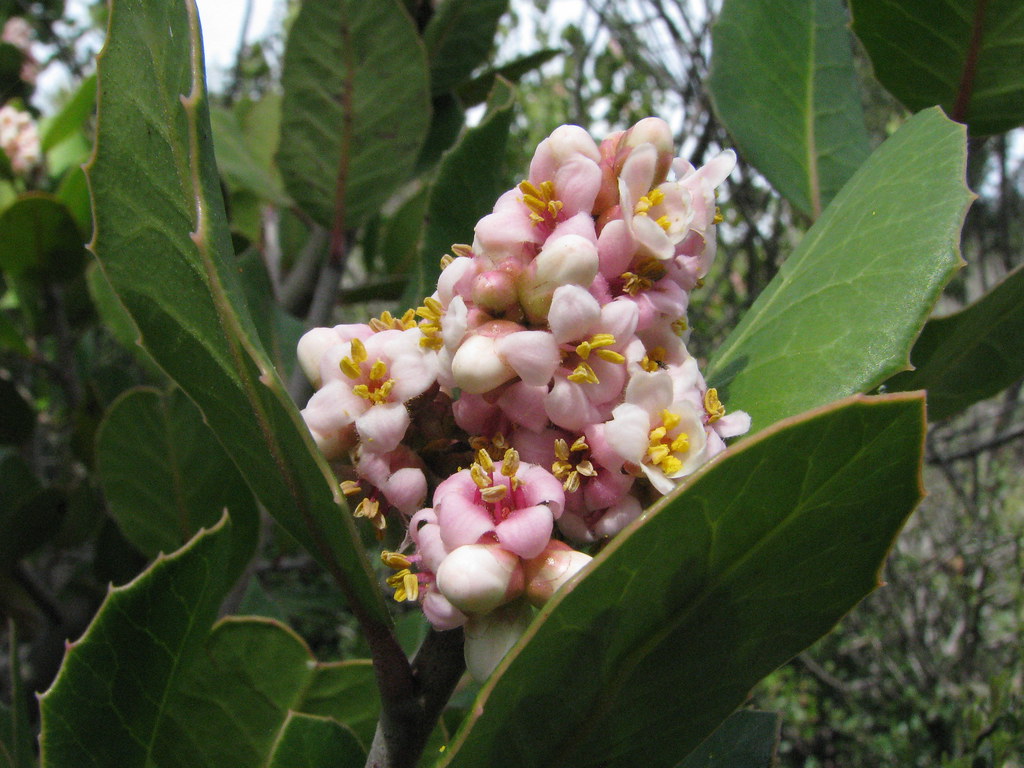
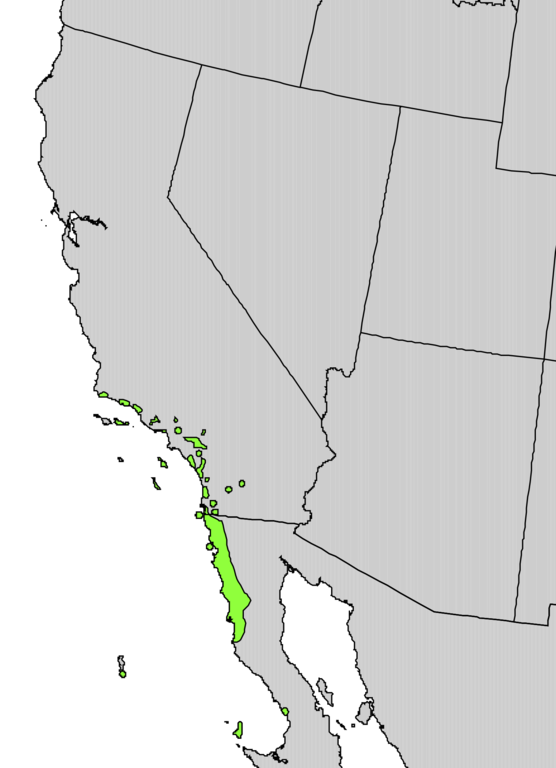
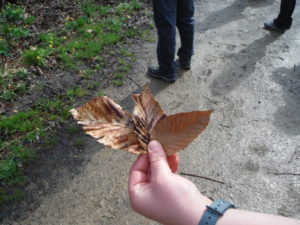
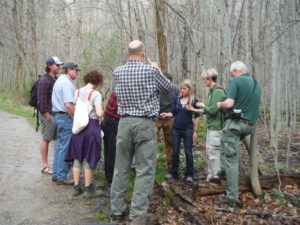
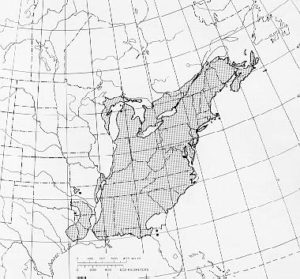
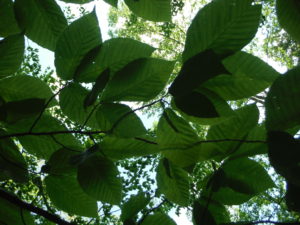
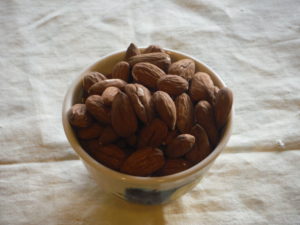
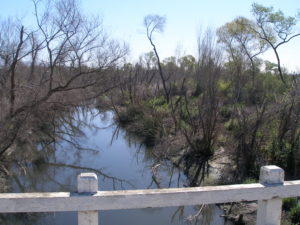
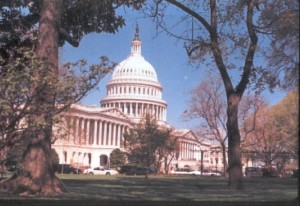
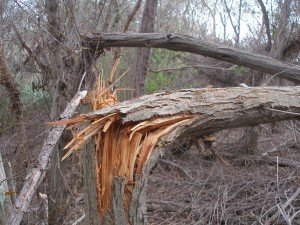 willow tree in Tijuana River riparian area felled by KSHB. Photo by John Boland; used by permission
willow tree in Tijuana River riparian area felled by KSHB. Photo by John Boland; used by permission